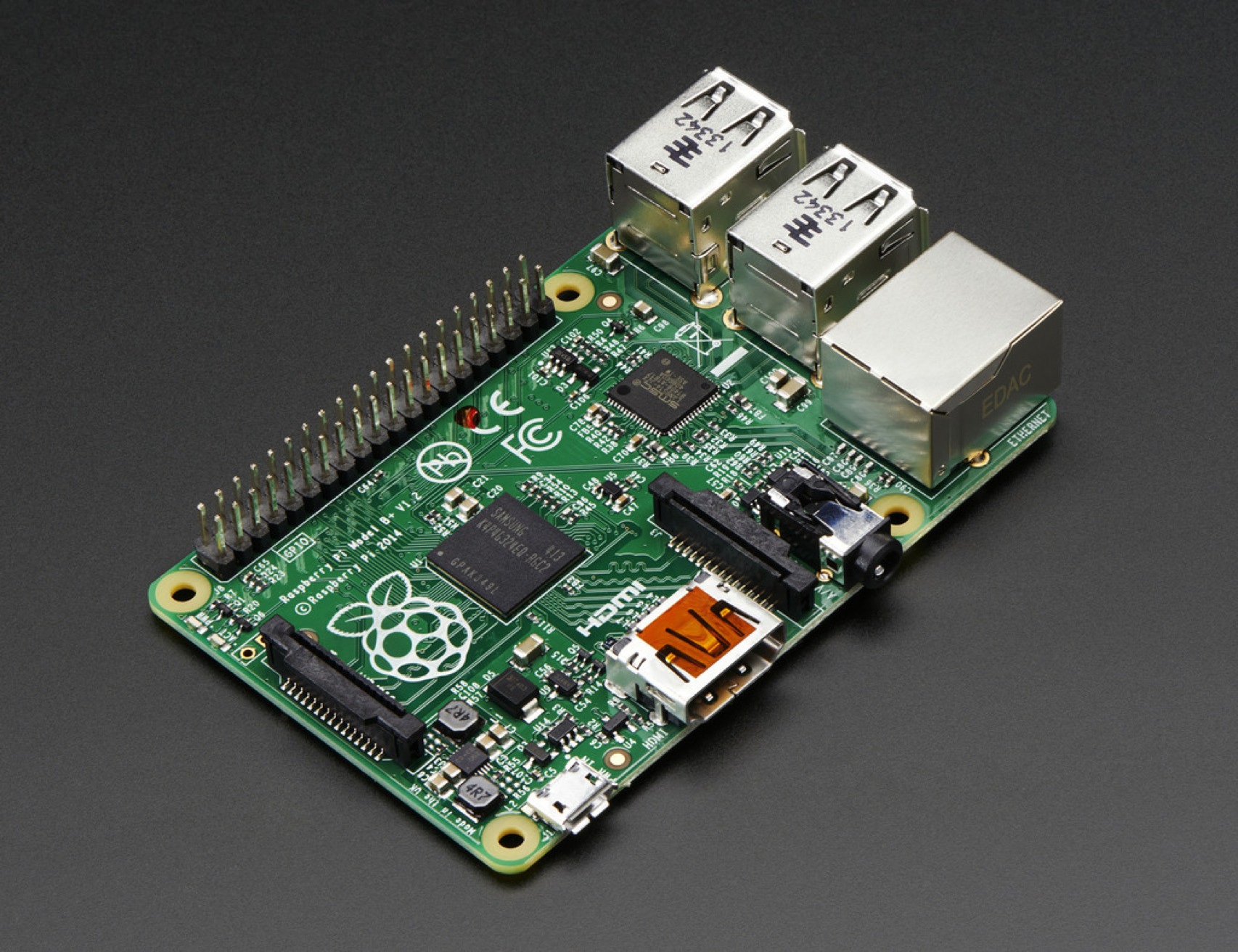

- Raspberry pi using wrong gutenprint how to#
- Raspberry pi using wrong gutenprint Pc#
- Raspberry pi using wrong gutenprint tv#
- Raspberry pi using wrong gutenprint download#
Hdmi_mode reults depend on hdmi_group value. Hdmi_mode, in conjunction with hdmi_group, defines video output settings. The hdmi_group command defines the HDMI output group to be either CEA (Consumer Electronics Association, the standard typically used by TVs) or DMT (Display Monitor Timings, the standard typically used by monitors).
Raspberry pi using wrong gutenprint download#
These parameters must be appended to the end of config.txt.įor example, setting resolution to 1280×720, with frequency at 60Hz and screen ratio to 16:9 (720p) will require following final rows appended to config.txt: hdmi_group=2 1) Download Gutenprint 5.2. To set HDMI video resolution options you will add 2 parameters: “hdmi_group” and “hdmi_mode”. In Linux systems, this file must be edited as root.Īny changes will only take effect after you have rebooted your Raspberry Pi. This is read by the GPU before the CPU and Linux are initialised.
Raspberry pi using wrong gutenprint Pc#
Once distribution image is flashed on micro SD Card, you will be able to explore this partition from whatever external PC (Windows, MAC or Linux).Ĭonfig.txt is a simple plain text file which setup system configuration parameters which traditionally are stored using a BIOS.

In many Linux distributions (like Raspberry PI OS but also Debian, Fedora, Ubuntu, etc) HDMI video options can be set from a file named “config.txt” available in SD card boot partition. Ok, if you are here you are (quite) sure that hardware is ok.īefore going in linux configuration, please get list of supported resolutions by your HDMI monitor/TV. Power Supply capacity (I always suggest to use at least a power supply capable to give 2,5 / 3 A, expecially if you could use your RPI also with external devices).If this test fails, you could need to re-check: If this test is passed you can move on next paragraph. Sometimes we cannot bind the error with a specific print job, so the job log is uneffective. One consideration is to look for the RP3b board (with Wifi. Continuing the discussion of USB networking from a Raspberry Pi Zero or Zero W.
Raspberry pi using wrong gutenprint tv#
Before Changing Resolution: Check Hardwareīefore starting with configuration files to manage and edit (as classic Linux geek habits), you need to check that available hardware is ok.įirst test involves Raspberry PI + HDMI cable: if it is possible to you, connect them to a different HDMI monitor / TV (maybe from your friend, if you don’t have a second one). For being able to see specific job log, please turn on. We designed this using the Raspberry Pi 3b board, but it should work with any recent version of the platform. This will take forever and may fail if the phase of the moon is wrong.
Raspberry pi using wrong gutenprint how to#
In this tutorial I’m going to show you how to configure your Raspberry PI OS to start from first boot with a pre-defined resolution.

This happens also with different distributions installed on Raspberry PI. This kind of problem doesn’t involves OS working state by itself (networking and SSH will work if configured from flashing phase and remotely accessed), but makes your device not usable from directly attached monitor. In these cases, both Raspberry PI OS Lite and Desktop distributions can suffer problems in showing their interfaces on screen, resulting in unusable video. enabled since Wed 09:04:07 GMTįile "/usr/lib/cups/filter/rastertogutenprint.5.With the increasing hardware variety of monitor / TV, using Raspberry PI with a different HDMI monitor or TV can lead to video issues from first boot. The installation and setup went fine, my printer is connected locally via a cable and I had to extract the PPD file from an old already working CUPS server, not big deal (I am new to linux so took longer than it should) send a test print and it shows state "Stopped" no other errors just "Stopped".Īfter some triaging, going through logs, checking files, resetting up the printer, stopping and starting services I ran lpstat -p which took a bit of googling to find, like I said, new to $ lpstat -p But to do this, you need to disable the time synchronization (see next paragraph).

For example: sudo timedatectl set-time '12:00:00'. To reduce some of that turnaround time, he modded an Epson inkjet into a PCB printer. Here is how: sudo timedatectl set-time 'Y:M:D HH:mm:ss' sudo timedatectl set-time 'Y:M:D' sudo timedatectl set-time 'HH:mm:ss'. Like all of us, Ryan is tired of waiting for board production houses. The OS is the new release of Bullseye CLI. You can also set the time manually with timedatectl. I am turning an old printer into a network printer using a Raspberry Pi and Cups. This originally started as a question wondering if anyone had managed to get CUPS working on a raspberry pi with Bullseye as I was having a lot of trouble, but I have managed to get it working so thought I would share the solution.


 0 kommentar(er)
0 kommentar(er)
